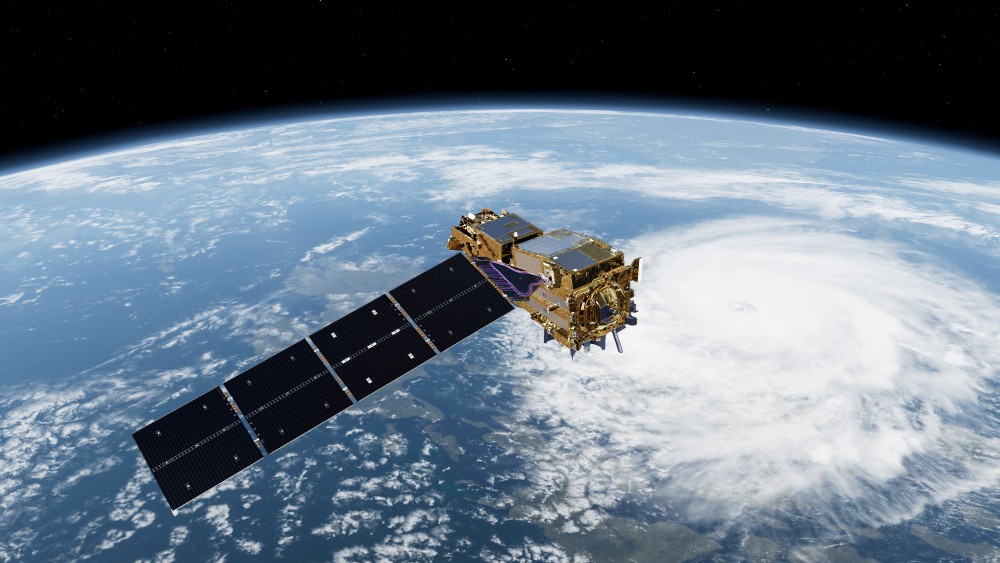GMV leads mission control for the MetOp SG A1 satellite, now successfully launched
The MetOp-SG A1 weather satellite, which is the first of the second-generation satellites for the MetOp program jointly developed by the European Space Agency (ESA) and EUMETSAT, has been successfully launched from Europe’s Spaceport in Kourou, French Guiana. This mission represents an important step towards improving meteorological forecasting and climate monitoring capabilities from polar orbit, and it puts GMV in a leading position for constellation control operations.
The Meteorological Operational - Second Generation (MetOp‑SG) program is designed to produce the successors of the first generation of MetOp satellites, with a constellation of six satellites organized in two series, A and B. To ensure data continuity, each pair (A and B) will be launched at staggered intervals. While the series A satellites, such as the MetOp‑SG A1, are equipped with optical and infrared instruments to observe the atmosphere and the surface of the Earth, the series B satellites are incorporating microwave sensors that can produce additional observations by penetrating cloud cover. The overall aim is to improve the accuracy of weather forecasting, atmospheric monitoring, and climate change analysis. In addition, the satellite houses the Copernicus Sentinel‑5 advanced imaging spectrometer.
GMV has played a key role in developing the MetOp second generation. For example, GMV is the leader for mission control and operations (MCO), which includes the Mission Operations Center (MOC) and the telemetry, tracking, and control (TTC) systems. This is essential work for monitoring, planning, and sending of commands to the program’s six satellites. For this purpose, GMV has developed and integrated critical architecture that includes the systems for mission control (MCS), mission planning (MPS), flight dynamics (FDS), operations automation (OAS) and local monitoring (LMCS).
As part of the TTC systems, GMV has for the first time implemented an S‑band ground station, which is located in Norway’s Svalbard archipelago, to providing enhanced capabilities for data linking with polar-orbiting satellites. In addition, GMV has developed an end-to-end simulator featuring hardware-in-the-loop, known as the General Satellite Simulator (GSatS). This makes it possible to validate the entire system under realistic conditions prior to launching.
GMV has also been responsible for the ground processor prototype (GPP) and the instrument data simulator (IDS) for the scatterometer (SCA), including a performance assessment tool (PAT) that helps ensure the quality of the data generated. Finally, it has provided the application software for the meteorological imager (METimage) instrument and for the Copernicus Sentinel‑5 spectrometer.
With this successful launching, GMV has once again demonstrated its expertise in complex ground segments and critical mission operations, while further solidifying its role as a key player in the areas of Earth observation and climate security, by providing cutting-edge solutions for control and operation of next-generation weather satellites.
